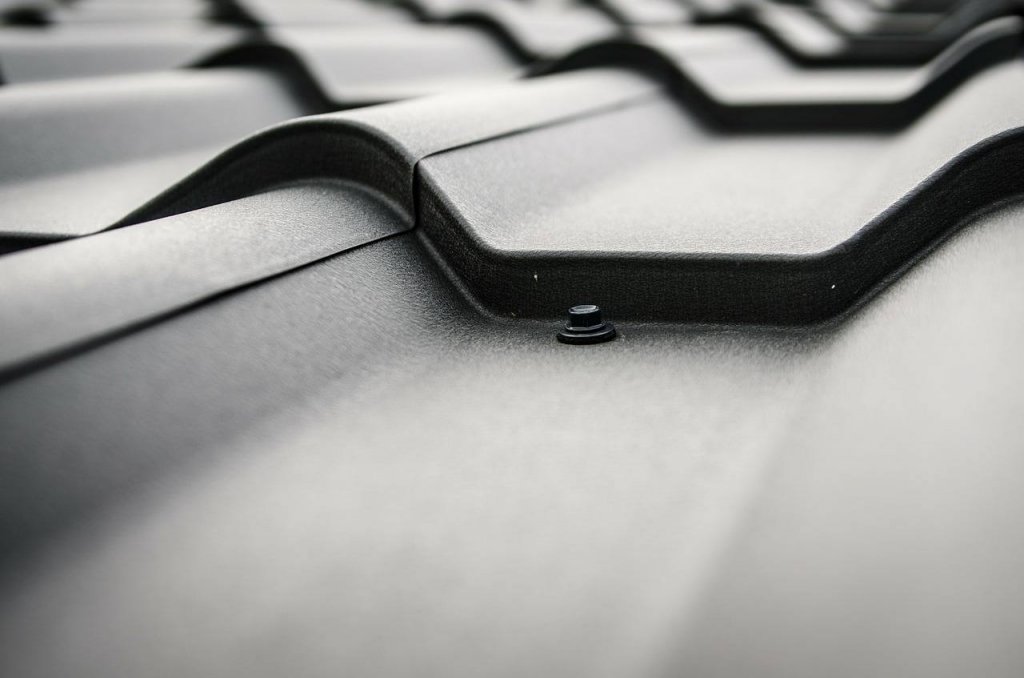Business
Nickel: An important component of stainless steel
Nickel-containing stainless steels have a major role to play in the areas of environmental protection, economic growth, and social equality.

First identified in the 1700s, nickel was first known as “kupfernickel” because it was found in a rock that looked like copper ore.
Miners once thought nothing of nickel, thinking that this element makes it difficult for them to extract copper from rocks. Little did they know that nickel would soon become one of the most important industrial metals in the world.
Nickel ores are mined in over 23 countries, most important of which are Russia, Canada, Australia, New Caledonia, Indonesia, and South Africa. Russia’s Norilsk Nickel is the world’s largest nickel producer.
Nickel-bearing alloys are often used in harsh environments, like those in chemical plants, petroleum refineries, jet engines, power generation facilities, and offshore installations. Medical equipment, cookware, and cutlery also make use of nickel alloys. All circulating coins in the United States except the penny are made of alloys containing nickel. Other uses of nickel alloys include power tools, hybrid and electric vehicles, and rechargeable batteries for portable computers.
Majority of the world’s primary nickel resources are used for creating stainless steel. Though chromium is the key element that makes stainless steel “stainless,” nickel is still an important stainless steel component because the metal is resistant to corrosion and has the ability to withstand extreme temperatures. In fact, about two-thirds of the stainless steel tonnage produced each year contains nickel.
According to The Nickel Institute, the primary function of nickel is to stabilize steel at room temperature or below, thus providing the tough and ductile properties of stainless steel. The most common stainless steel composition is 18 percent chromium and 8 percent nickel, and this type of steel shows good stretch forming characteristics. Slightly higher nickel contents increase the stability of the product.
Because nickel can withstand high temperatures, nickel-containing stainless steels are not prone to embrittlement due to high-temperature grain growth. They are easy to weld and have good bend and impact properties. Furthermore, these steels are much less prone to the formation of deleterious phases in case they are exposed to intermediate and high temperatures. Resistant to fire, nickel-based superalloys and stainless steels are used for the most demanding high-temperature applications, like gas turbines.

Nickel can also endure extremely cold temperatures. Stainless steel with nickel can absorb energy without breaking, even with very low liquid helium temperatures. Hence, nickel-containing stainless steel is often used for cryogenic applications. (Source)
While chromium also renders stainless steel resistant to corrosion, the chromium-rich oxide layer of many stainless sheets of steel is susceptible to damage, particularly the damage caused by chlorides. Exposure to chlorides can lead to the onset of localized corrosion like pitting and crevice corrosion. Nickel reduces the rate at which localized corrosion spreads. Increasing nickel content in stainless steels also increases their resistance to reducing acids.
Nickel also provides luster and beautiful finish to stainless steels. Steels without nickel generally appear darker and cooler-looking than nickel austenitic grades. Consumers generally prefer a brighter, whiter metal, which nickel provides. Furthermore, nickel stainless steels are more scratch-resistant, owing to their inherent work hardening properties. The various surface finishes available indicate the versatility of nickel stainless steels in achieving a wide range of aesthetic appearances.
Finally, one of the best things about nickel stainless steel is sustainability. Nickel-containing stainless steels have a major role to play in the areas of environmental protection, economic growth, and social equality. They are fully recyclable, hence lessening the environmental impact by reducing the need for raw materials. Even energy requirement for the manufacture of stainless steel is reduced to about 33 percent less with the use of stainless steel scrap.
Nickel stainless steels are good all-around performers. Aside from being widely available, nickel is versatile, easy to use, and extensively recycled. This means that nickel stainless steels offer the lowest risk and most practical industrial solution.

-

 Markets4 days ago
Markets4 days agoStock Markets Surge Amid Global Uncertainty, But Storm Clouds Loom
-

 Cannabis2 weeks ago
Cannabis2 weeks agoAurora Cannabis Beats Expectations but Faces Short-Term Challenges
-

 Africa15 hours ago
Africa15 hours agoMorocco Charts a Citizen-Centered Path for Ethical and Inclusive AI
-

 Crowdfunding1 week ago
Crowdfunding1 week agoSavwa Wins Global Design Awards and Launches Water-Saving Carafe on Kickstarter
























